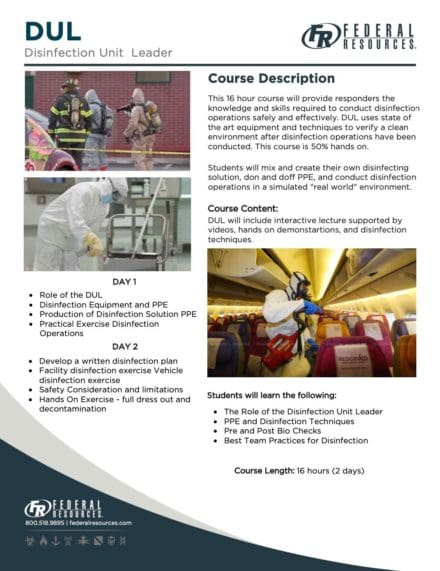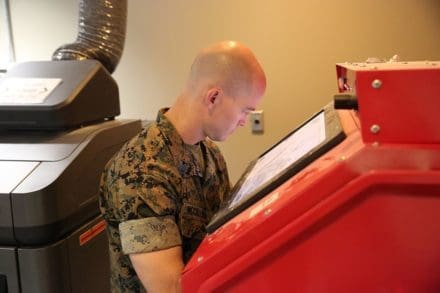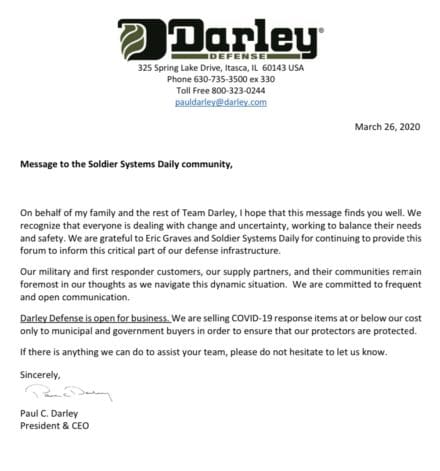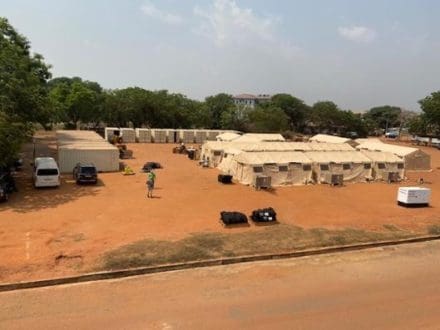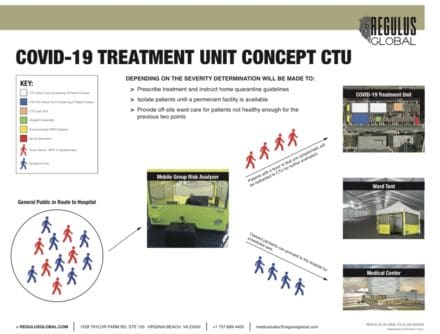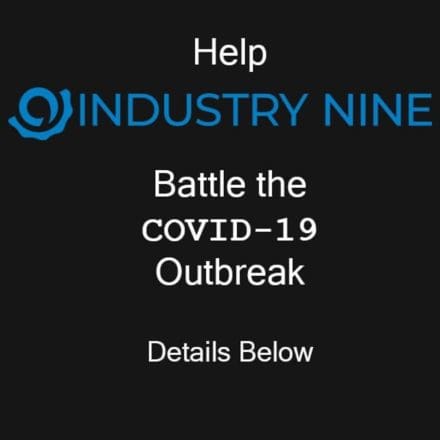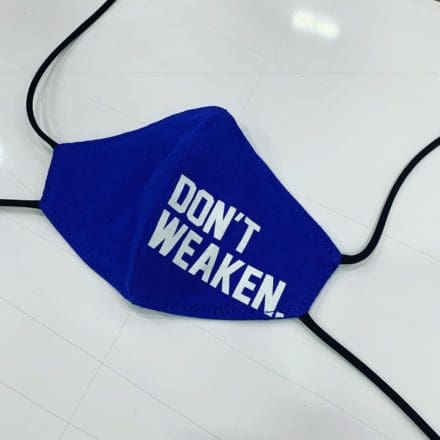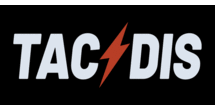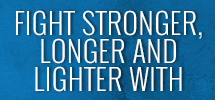Defense Logistics Agency (DLA) Troop Support Clothing & Textiles Directorate is conducting market research to determine industry capabilities for providing Personal Protective Equipment (PPE) against viral contamination, specifically COVID-19. This is a Request for Information only and not a solicitation for award. DLA understands this is a fluid situation where the landscape of availability is constantly changing. The primary purpose of this announcement is to identify potential sources, product offerings, availability and/or challenges to procuring and obtaining such items to rapidly meet emerging requirements. Therefore, to the extent practical, additional market research may be conducted prior to posting any solicitation to capture the snapshot of the availability at that specific point in time. DLA urges those companies that can provide the following category of items to respond even after the initial response due date of Tuesday, 24 March 2020, 5:00 PM.
The categories are not an all-inclusive list. DLA welcomes industry to identify alternatives or identify additional PPE items necessary to protect against viral contamination of the COVID-19.
CATEGORIES:
(1) Protective Coveralls, in any variant, i.e. with hood and booties, without hood and booties, with hood no booties, with booties no hood, etc.
(2) Protective Aprons and or Gowns
(3) Protective Hoods
(4) Protective Masks
(5) Protective Booties
(6) Protective Gloves
(7) Protective Boots
DLA is asking the Industry to:
Identify/recommend specific products available or specific products that could be available in the near term that can meet the requirements of PPE to protect against viral contamination of the COVID-19 virus.
For each recommended item:
1. Provide a specification or detailed description of the recommended item.
2. Identify whether the item is specifically certified as PPE for viral infections and how,
3. Identify the place of manufacture for all components of the recommended item, the place of manufacturing for the end item, and storage locations if applicable,
4. Identify if the recommended item is Berry Compliant – meaning that the recommended item is manufactured in the USA with USA sourced/manufactured components.
5. Identify the current level of inventory for each recommended item or the manufacturing lead-time for each recommended item,
6. Identify total monthly and yearly production capacity of each recommended item,
7. Identify any production limitations for each recommended item,
8. Comment on any requirements that may be imposed on potential Government orders for each recommended item (i.e. must have an order in xx amount of time, must have xx amount of time to provide a quote, unable to ship overseas, only willing to ship within the continental USA, etc.)
9. Suggestions on any contractual management fees for providing DLA access to inventory in the event of a future crisis without any guarantee of any order from DLA,
10. Identify if your firm is unwilling or unable to provide PPE items along with a reason why.
Please contact Jessica De La Hoz via email for any questions at jessica.delahoz@dla.mil.
Initial responses are requested by 5:00 PM, Tuesday, 24 March 2020. However, DLA will accept any and all responses received after this date and time for any ongoing requirements.


